I just to spoke to Fred Seton about the correct way to run his boilers.
The consensus here seems to be that these units need to be run full bore a few times a day to keep the refractory temp up and to minimize creoste formation, and that the wood should be well seasoned with no more than approximately 20% moisture content.
Well, not according to Fred !
I told him that my burn times are only about 15 minutes max, and then idle for up to an hour, depending on heat demand. I told my concern was that the unit is not getting hot enough to prevent creosote from forming, altho my water tubes look relatively clean right now. He told me that 15 minute burn times were plenty long enough to burn out any accumulated creosote.
He asked about my chimney and I told him I had about 20 feet of class A and he said that was more than enough. he said 16-18 feet is plenty, even tho the literature says a MINIMUM of 18 and up to 20 feet. I went with 20 feet because I wanted to be sure I had enough draw and I also have 1 elbow coming out of the boiler into the class A. I haven't taken flue temps yet, but when the stove is fired it seems to be really ripping inside, so at this point I believe I have plenty of draw.
He asked what I was burning. I told him red oak large splits and rounds. he said the rounds were better. I told him that even 2 year old rounds would likely hold much more moisture than splits and he said that high moisture content was NO PROBLEM ! Even relatively green wood is fine according to Fred. I disagreed somewhat and he insisted relatively high moisture content is not a concern, and that most of the moisture would be expellled on the first firing after loading.
On the subject of storage he stated it was DEFINITELY NOT needed. He said it would probably only waste wood.
So, in a nutshell, Fred says that short burn times are no problem. Relatively wet/green wood is no problem. If your chimney is plenty high you will get no creosote formation, even with short burn times and extended idling. And storage is not needed and will likely only waste wood.
I told him the guys on this site would probably disagree with a lot of what he said regarding the operation of a gasification boiler. he said the Seton was not really a gasification boiler but a "pyrolezation" (sp) boiler. That the refractory "cokes" the wood and keeps it glowing even when the air is shut off to the wood.
Comments?
Pat
The consensus here seems to be that these units need to be run full bore a few times a day to keep the refractory temp up and to minimize creoste formation, and that the wood should be well seasoned with no more than approximately 20% moisture content.
Well, not according to Fred !
I told him that my burn times are only about 15 minutes max, and then idle for up to an hour, depending on heat demand. I told my concern was that the unit is not getting hot enough to prevent creosote from forming, altho my water tubes look relatively clean right now. He told me that 15 minute burn times were plenty long enough to burn out any accumulated creosote.
He asked about my chimney and I told him I had about 20 feet of class A and he said that was more than enough. he said 16-18 feet is plenty, even tho the literature says a MINIMUM of 18 and up to 20 feet. I went with 20 feet because I wanted to be sure I had enough draw and I also have 1 elbow coming out of the boiler into the class A. I haven't taken flue temps yet, but when the stove is fired it seems to be really ripping inside, so at this point I believe I have plenty of draw.
He asked what I was burning. I told him red oak large splits and rounds. he said the rounds were better. I told him that even 2 year old rounds would likely hold much more moisture than splits and he said that high moisture content was NO PROBLEM ! Even relatively green wood is fine according to Fred. I disagreed somewhat and he insisted relatively high moisture content is not a concern, and that most of the moisture would be expellled on the first firing after loading.
On the subject of storage he stated it was DEFINITELY NOT needed. He said it would probably only waste wood.
So, in a nutshell, Fred says that short burn times are no problem. Relatively wet/green wood is no problem. If your chimney is plenty high you will get no creosote formation, even with short burn times and extended idling. And storage is not needed and will likely only waste wood.
I told him the guys on this site would probably disagree with a lot of what he said regarding the operation of a gasification boiler. he said the Seton was not really a gasification boiler but a "pyrolezation" (sp) boiler. That the refractory "cokes" the wood and keeps it glowing even when the air is shut off to the wood.
Comments?
Pat


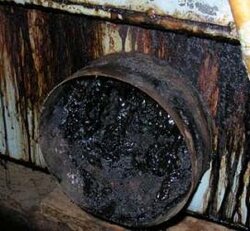
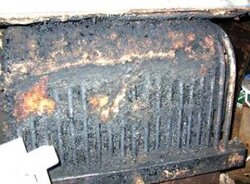
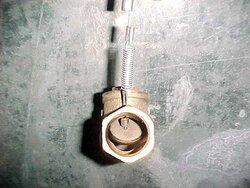
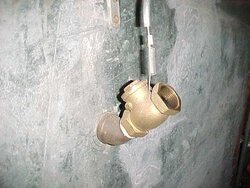
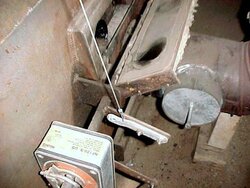
 I will say that the way you talk about these units, a reader here could think you have run one for a while. But I think you said you have not. Please correct me if I'm wrong on that.
I will say that the way you talk about these units, a reader here could think you have run one for a while. But I think you said you have not. Please correct me if I'm wrong on that.